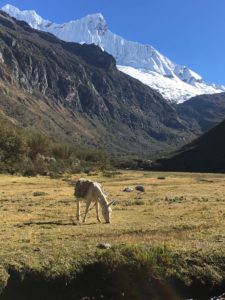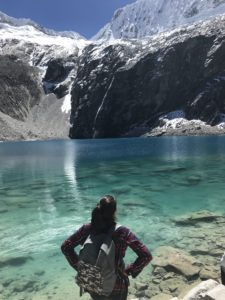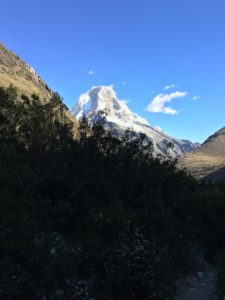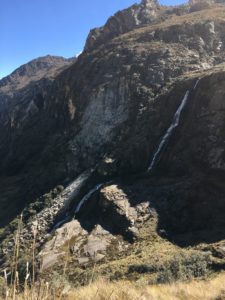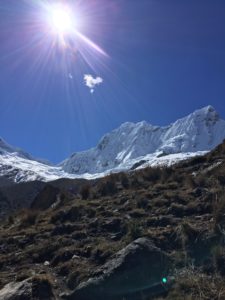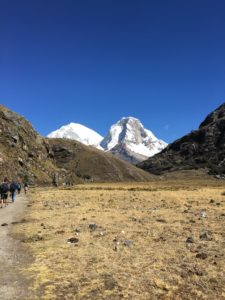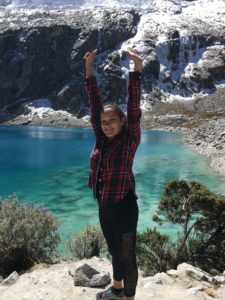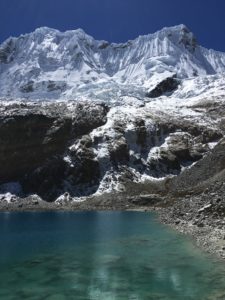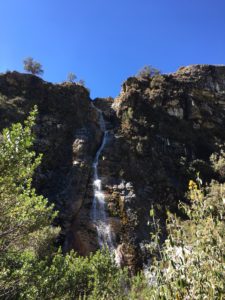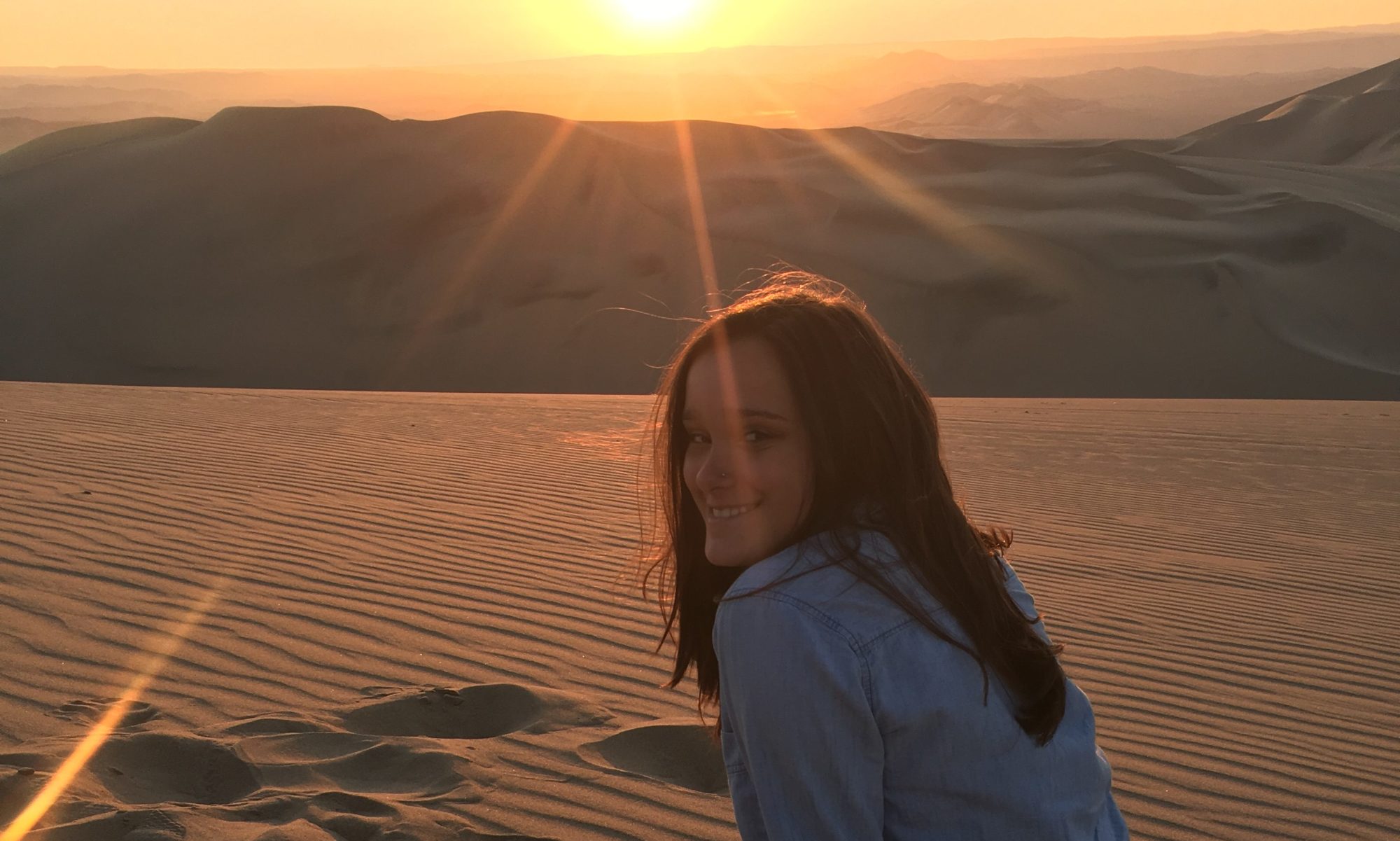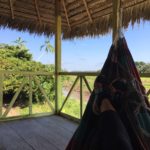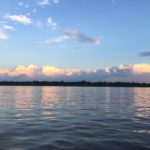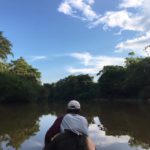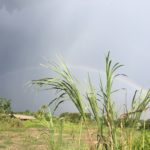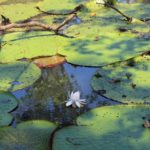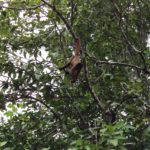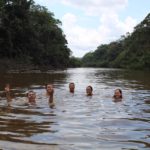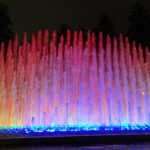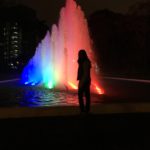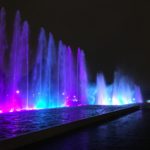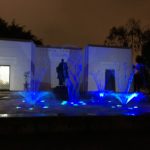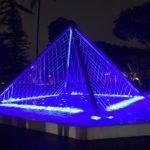Last week, my friends and I got to do something most people only dream of doing; we spent the better part of week living in the Amazon rainforest. To get to our jungle lodge, we took a plane from Lima to Iquitos, then a two hour van ride to a small town on the Amazon river, and then traveled over an hour by boat. It was a long journey, but it worth all of the long hours spent travelling because while I was there, I got to and see incredible things: riding in a small. motor powered canoe down the Amazon, hiking in the rainforest, swimming next to Amazonian pink dolphins, searching for alligators in a swamp with a flashlight, and holding several different animals including a sloth, a small alligator, and a giant frog the size of my head. I even ate a larva (video link here).
The Magic Water Circuit
This past week, my group and I visited one of Lima’s biggest tourist attractions, The Magic Water Circuit. The show is hidden inside a beautiful life park in the heart of Lima’s downtown, called Parque de La Reserva. The Magic Water Circuit is the largest water show in the world. Though it is possible to see the park for free, the already beautiful fountains become much more spectacular at night, when the water is synchronized to a light and music show. The show costs 4 Peruvian soles for adults, less than $1.50 in US dollars. It takes 30-45 minutes to walk through the park. One of the most popular attractions in the show is a water tunnel in the middle of the park. If you do choose to walk through the tunnel, as my group did, I will warn you that you will get a light sprinkling from falling droplets going in the streams of water above you. That didn’t deter any of us, however, as we already have plans to go back.
Hiking in Huaraz
This weekend, my friends and I took advantage of our three day weekend (in honor of Peru’s Independence Day) to explore a small part of the Andes. Thursday night, we took an 8 hour bus ride to Huaraz, a small town known primarily as a tourist destination for hikers. On our first day, we took a short 90 minute hike to acclimate to the high altitude. Huaraz is a just a little over 3000 meters above sea level. For reference, Denver, the mile high city, is about 1600 meters above sea level. The first hike, which was less than two hours, was incredibly difficult; however, it did little to prepare me for what was to come.
The next day we woke up at 4:30 AM to catch a three hour shuttle that would take us to Huarazcan National Park. The shuttle took us to breakfast, let us off to take pictures, and then dropped us off at the starting point for the hike. My group, 5 only slightly-prepared college students, then hiked 8 hours to and from a glacier a top a mountain like, named Laguna 69. To say the hike was grueling would be a gross understatement, not only was the hike physically demanding, every step was made more difficult by the lack of oxygen in the air. The laguna sits at 4600 meters above sea level, where there is less than 12% oxygen in the air (standard oxygen levels at sea level hover around 21%). Members of my group suffered from at different time from extreme nausea, painful headaches, and difficulty breathing. I was miserable every second of the hike, but the incredible views were well worth the challenge. Laguna 69 is often referred to as the Switzerland of Peru. Truly, had I not known where I was at the top of the mountain, I could have mistaken the crystal-clear turquoise water fed by the grandiose glacier for an idyllic Swiss-Alpine destination. It truly is a hidden gem of Peru. Though I do not think I would ever want to make the hike again, I am incredibly proud that I accomplished it.
